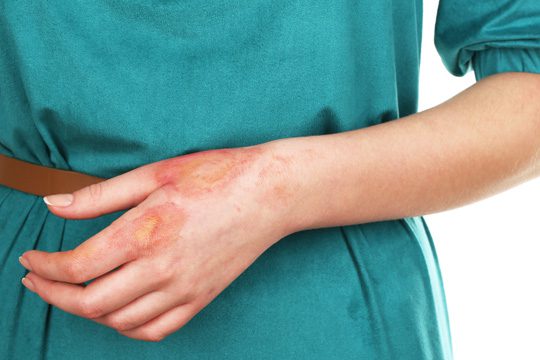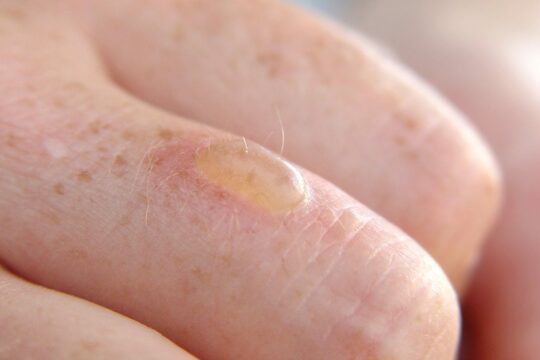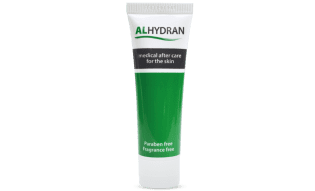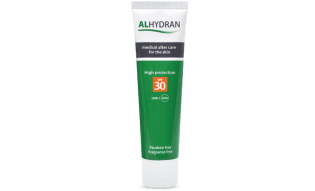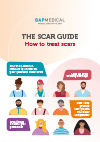1st degree burn: symptoms and simple home treatment
A mild burn can still feel painful and uncomfortable. This page explains how to recognise a first-degree burn, what you can do at home, and when to seek help. You’ll also learn how proper skin care supports recovery and helps your skin stay hydrated.

